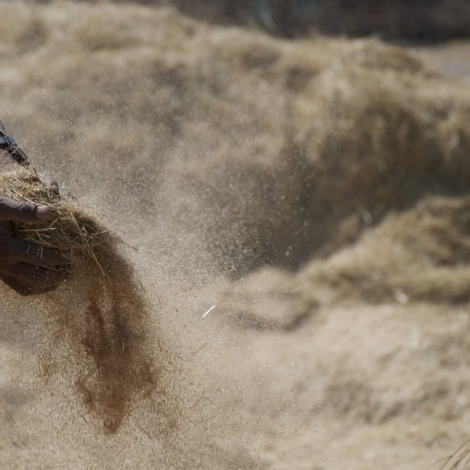Welcome to The Big Design Questions, a weekly series that tests and challenges design principles that we promote for creating technologies that meet basic needs in underserved regions. Khanjan Mehta, a contributing editor at E4C and head of the Humanitarian Engineering and Social Entrepreneurship (HESE) program at Penn State, and his students first posed this week’s question in a paper published in the IEEE Technology and Society Magazine. Khanjan offers his thoughts below and we’d like to put the question to the entire community if you would please share your comments at the end.
Should automated systems replace labor-intensive tasks?
The industrial revolution in the West revealed one of the downsides to automating the manufacture of goods: A lot of people lost their jobs. At least in the short to mid term periods, while the economy adjusted.
That’s something that global technology developers need to consider. Their work and their business ventures have an effect on the workforce. Some technologies increase workers’ efficiency and productivity, and some do all that, but at the same time they can eliminate job functions and displace workers.
Are labor-saving technologies appropriate for populations already riddled with unemployment and underemployment? Mass automation is a clearly logical choice in some situations. For instance, when communities suffer from inadequate food supply, mass automation of food may be essential to its very survival.
Such is the case with injera, the traditional bread of Ethiopia. The bread’s traditional recipe is energy and labor-intensive. Fuel costs have increased with desertification of the country, which has made the cost of injera rise in rural areas. At the same time, the rapidly increasing urban populations living in small quarters do not have the necessary space to make injera.
Due to these and other reasons, the consumption of wheat bread and rice has increased in rural and urban populations alike. In this case, mass-manufacturing injera in factories is much more efficient and provides the people a way to preserve the most important part of their diet and culture.
Although certain technologies can reduce employment and hurt livelihoods, their integration into modern economies is potentially desirable and often inevitable.
Is the loss of jobs always a consequence of improved manufacturing techniques? If not, how can the introduction of new technology still maintain traditional employment rates? And if so, is that a fair price to pay for long-term efficiency?
Your comments are welcome, please share your questions and ideas below.

